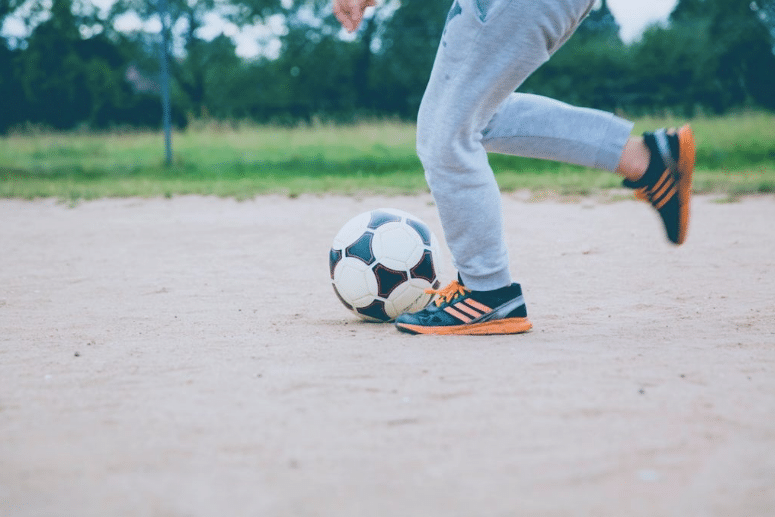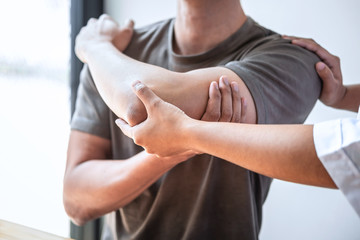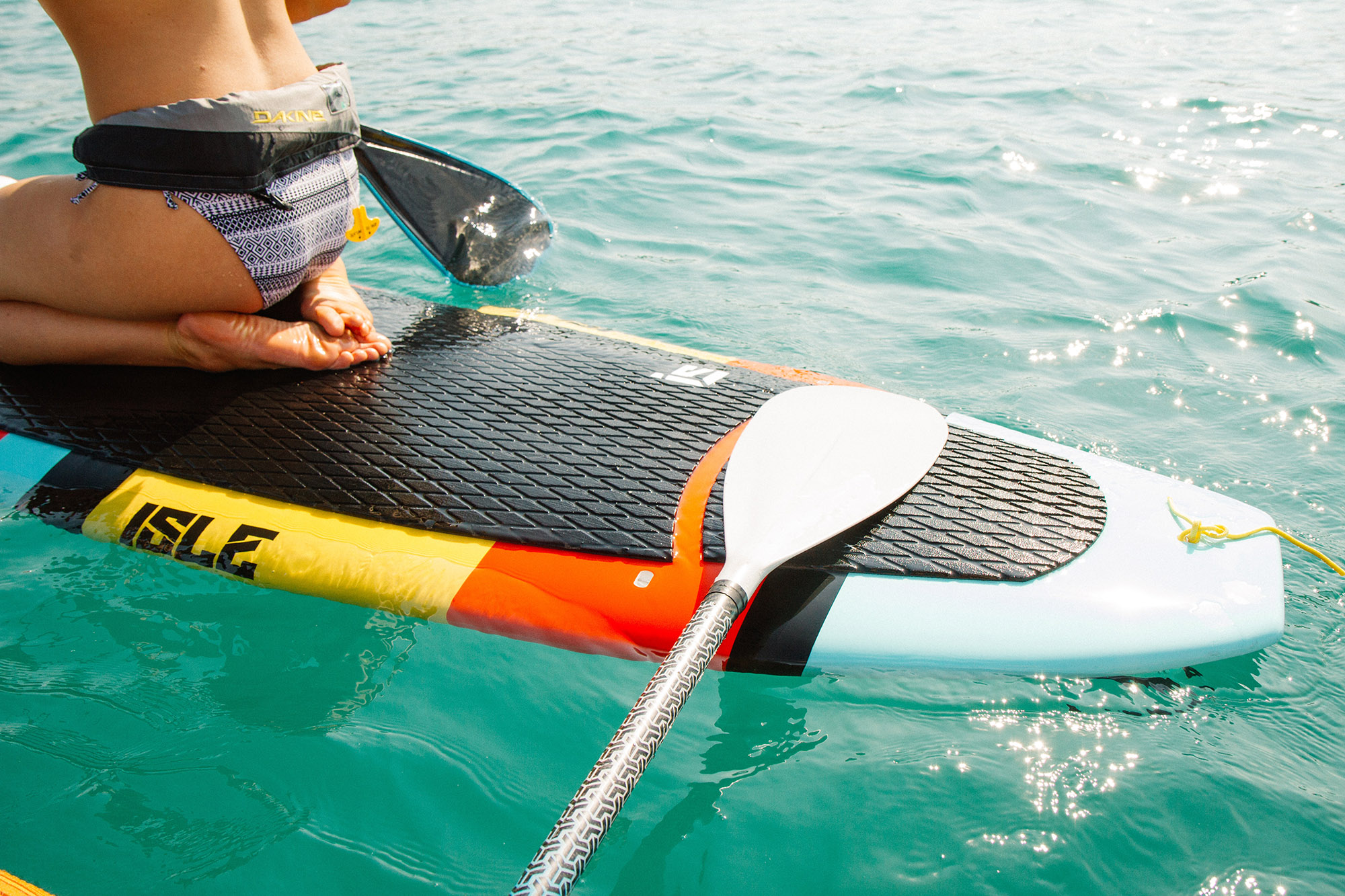
How Important are Good Running Shoes for Growing Feet?
Running shoes play a large role in active young people. High participation in sport and exercise will mean a lot of time will be spent in running shoes. This is why they are such an important factor to consider for growing feet. In fact, one of the first things I address during a consult are running shoes. What shoes are they? How old are they? Do they show a normal wear pattern? Are they supporting the foot effectively during gait? Are they designed for running?

There is a trend currently circulating for low-profile, lightweight shoes, attempting to deliver an alternative to barefoot running. While these shoes may have a purpose for some activities, they are not appropriate for long periods of time and high activity levels. Maybe in the stone ages barefoot running was the best way to load the bodies structures in an efficient and strong way. Since the invention of shoes we’ve been in shoes since we could walk. A lifetime of having our feet enclosed in protecting foam capsules has weakened our intrinsic feet muscles. Suddenly going towards barefoot running is a great way to overload these muscles and lead to injury.
When buying a pair of shoes, it is important to assess the quality and design, however, this can be hard to do considering most shoes look the same and are difficult to differentiate. The guideline that I regularly share with patients is explained below. It can be used as a screen to determine which shoes are appropriate for wearing, and which are not.
The big 3 things to look for in a shoe
1. Firm heel counter: Push against the back of the heel, it should not move or fold down.
Why? A firm heel counter will securely hold your heel, preventing rearfoot movement and tilting which can lead to soft tissue overuse. It will also allow your foot to be in a good position during the toe-off phase of running.
2. Firm midfoot: Try bend the shoe in half in line with the arch of the foot, it should be stiff and resist bending
Why? A flexible shoe will not absorb or deflect any ground reaction force and can effectively be the same as running barefoot with the impression of being in a shoe. Firmer shoes also tend to last longer, making them more financially viable
3. Flexible toe: Try bend the shoe at the toe joint level, it should bend easily and consistently
Why: The toe joints are very important in facilitating a normal walking motion. A stiff shoe will block this movement and can lead to overuse of other structure in the foot.
Equally as important as good footwear, is slowly increasing our body’s ability to move while barefoot. It’s good to walk around barefoot on grass or sand. This helps to develop and tune neurosensory feedback and neuromuscular control – the same control that we’ve lost from being in shoes all our life.
If you have any questions about footwear, call Pivotal Motion Physiotherapy on 3352 5116





